Vietblog
Making The Argument For A Ten Dollar Bowl Of Phở
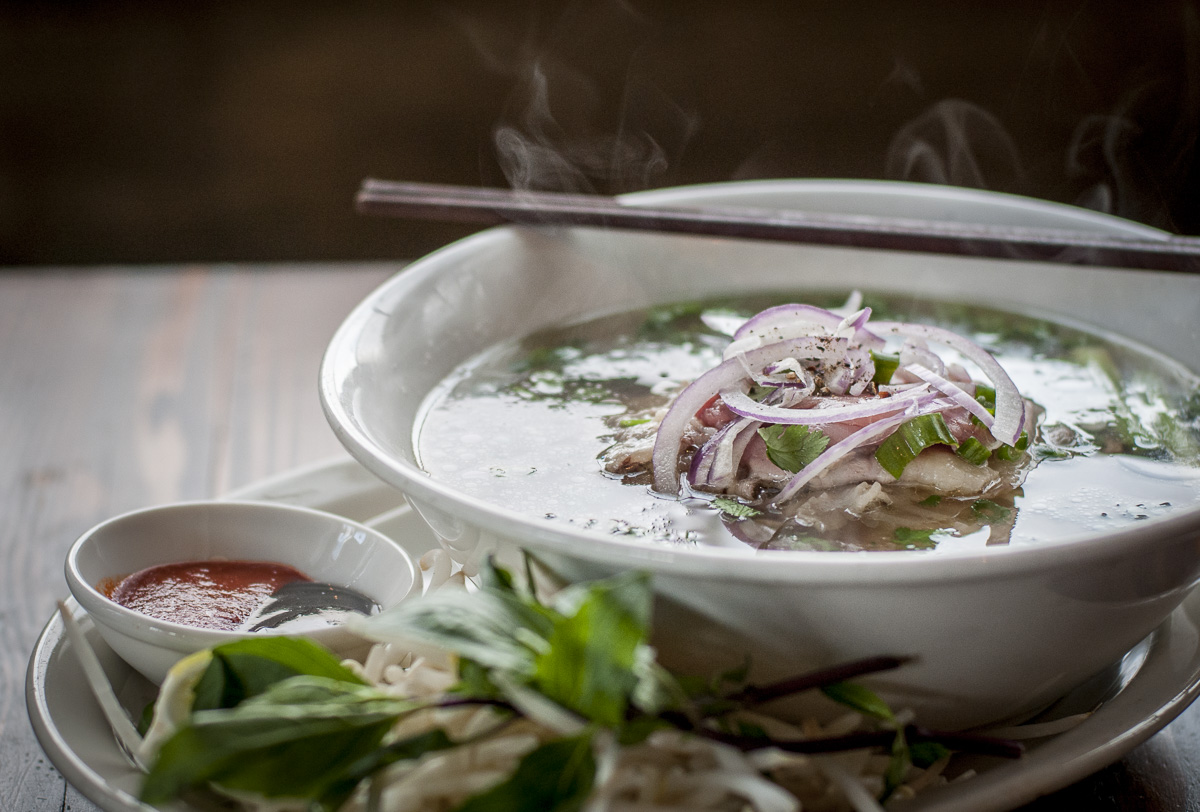
Note: This blog post was originally posted on the old Ba Bar website back in 2013 and was eventually referenced by The New York Times and The Oregonian.
We’ve been making and serving phở at our restaurants now for many years. We grew up eating phở in the street markets and specialty phở shops of Sài Gòn with our father, and this simple soup is important to us for many reasons. In Southern Vietnam, phở is generally eaten for breakfast or lunch—but it also makes the perfect midnight snack after a late night out with friends (and one of the main reasons Ba Bar stays open until 4AM on the weekends). Here in Seattle, phở has become the perfect way to warm up on a wintery day. It’s food, it’s a remedy, and it’s delicious. Bottom line: everybody loves a good bowl of phở.
That said, we do get a certain complaint about our phở from time to time. Nobody ever says it’s not delicious. Nobody ever complains about our portion size or the richness of our broth. No, people only ever say one thing when they complain about the phở at Ba Bar or Monsoon:
“Ten dollars?! For a bowl of phở? I can get this down the street for only five bucks! What a ripoff!”
They are right. You can indeed get a bowl of phở down the street for around five or six bucks. And to be honest, there’s nothing wrong with getting a bowl of phở down the street for five or six bucks. It’s cheap, it satisfies, and it’s mostly good. But it’s also a compromise.
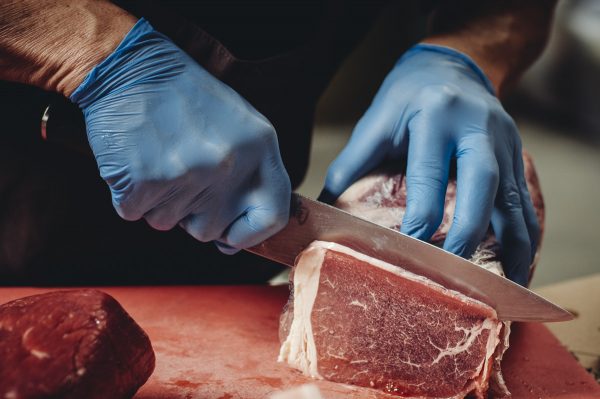
There’s no way you can use quality ingredients in a dish that requires this much labor and get away with only charging five dollars unless you are cutting corners somewhere. It’s just not possible. We don’t want to cut corners, we want to serve a bowl of phở that costs ten dollars. We even want to serve a bowl of oxtail phở that costs thirteen dollars. Not because we want to cash-in on our name and make a huge profit off a bowl of cheap soup—quite the opposite. We want to make the best bowl of phở in Seattle—or anywhere else. We think there is a market for it. People will pay money for things that are made with care. (Case in point: Ba Bar sells about 120 bowls of phở a day during the winter.) We want to make phở with Painted Hills all-natural, grass-fed eye of round beef and brisket. We want to use Northwest Tofu and Washington-raised chicken. We want to use fresh, local oxtail in a stock that cooks for 24 hours. We don’t want to cut any corners. We want the best.
So, how do the other guys do it? Well, start with the beef. There are stores here in Seattle (that will remain unnamed) where you can get beef for $1.99 a pound and oxtail for $3.50. That’s cheap! Why is it so cheap? Because it’s terrible. It’s tough, it’s sinewy, and it’s likely beef rendered from old dairy cows that no longer produce milk. Sad, old milk cows who find a final resting place in your bowl of five dollar phở. We’ve tried cooking with this beef before, and even after six hours on the stove, it’s still tough as leather.
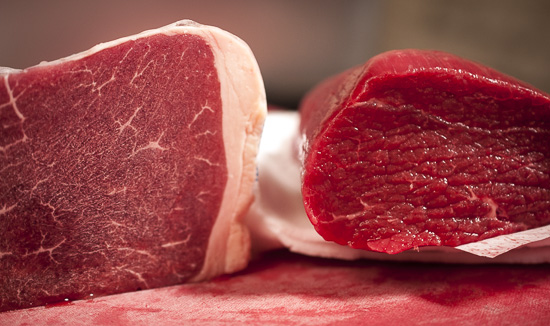
If you compare the Painted Hills beef side-by-side with the two buck discount beef, you will immediately see the difference. Again, there’s nothing criminal with using cheap beef—it’s not going to kill anybody after all—and it makes your soup very affordable. But it’s not what we are after. We want to provide something different, something with a bit more care and and a bit more ambition. When you experience our phở you will immediately understand why it’s better. And why it’s worth the cost. We want to make the best bowl of phở. Period.
Here’s how we do it: We start with half beef bones and half water. And not just any bones, they need to be the perfect ratio of marrow bones and knuckle bones. This is what makes our phở deeper and richer than most shops in town—we’re simply using more bones. The bones are 1:1 with the water. On top of that, we are adding fresh oxtails, and this step really elevates the broth. Once you have a rich phở broth with oxtail stock, it’s hard to go back to that thin “spice water” of the five dollar shop. During the cooking process we remove and rinse the bones with cold water to remove impurities, keeping the broth clean and clear. Brisket is added for several hours and then removed to really let the broth settle in, it will simmer for 18 more hours at this stage.
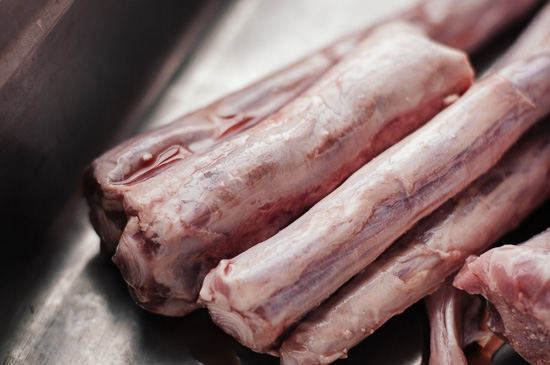
So now we’re at the 21 hour mark and here’s where we start adding our spices: cloves, fennel seeds, coriander seeds, thảo quả, star anise, cinnamon. Then we add charred ginger & onion and simmer this for three more hours while removing more solids from the broth with a mesh ladle. After that, it’s finally strained through a chinois and we have arrived at our 24 hour phở broth. From here we add rock sugar, kosher salt and white sugar to taste then finish it all off with a touch of MSG. That’s right, MSG—it’s not really evil. (Everything you have heard about monosodium glutamate is wrong. It’s simply a sodium ion attached to a glutamate—a naturally occurring amino acid which is already inside of you every day.)
But we’re still not done. To build a bowl of phở we need rice noodles, scallions, onions and the beef itself. We’ll add our previously cooked brisket first, and then paper-thin slices of rare Painted Hills eye of round. We then pour our phở stock over the top and the eye of round begins to cook in the broth while it’s on the way to your table. It’s served with plenty of fresh bean sprouts, basil, jalapeño, cilantro, chili, lime, Sriracha, and the best hoisin money can buy: Koon Chun.
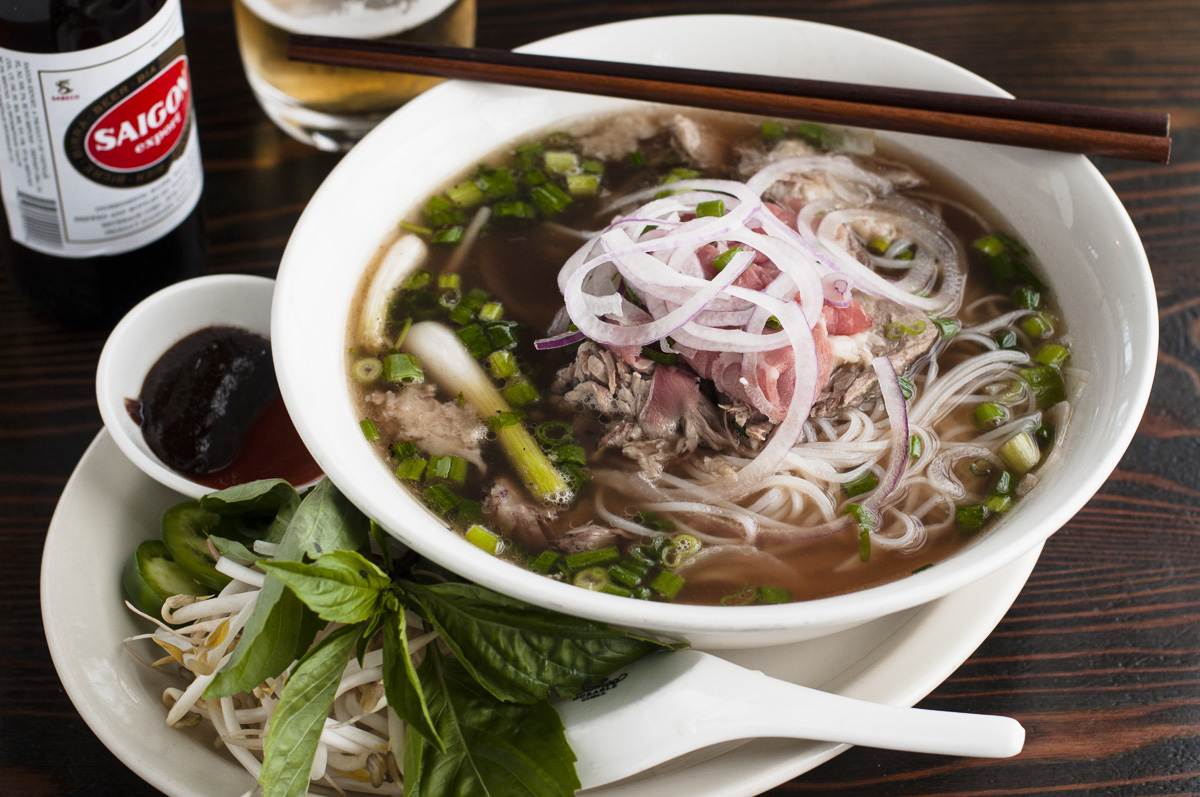
In our humble opinion, this is among the best phở you can find anywhere. It’s worth ten bucks. Just like a bowl of fresh tagliatelle with ragu and Parmigiano-Reggiano is worth at least ten bucks, our phở is worth the same. Easily. To charge any less would surely raise suspicion.
Photography from Geoffrey Smith